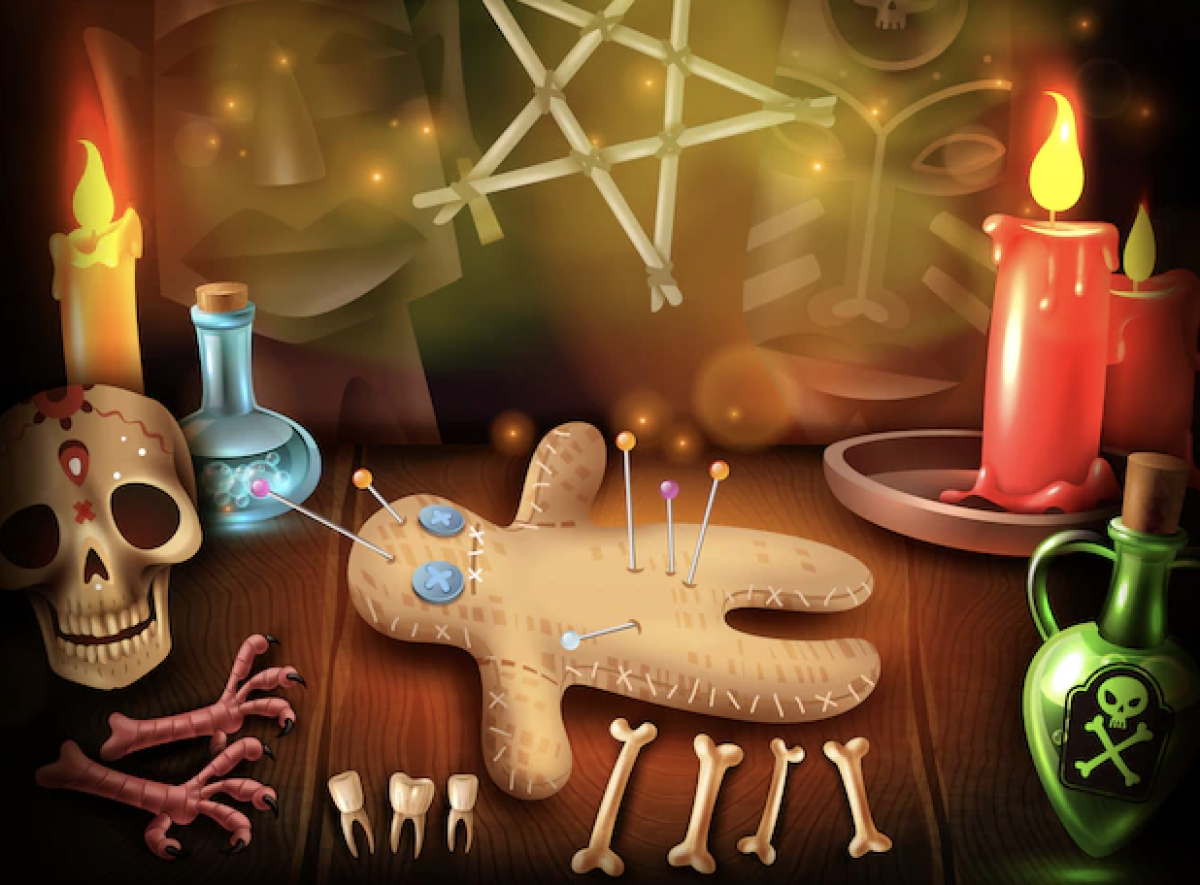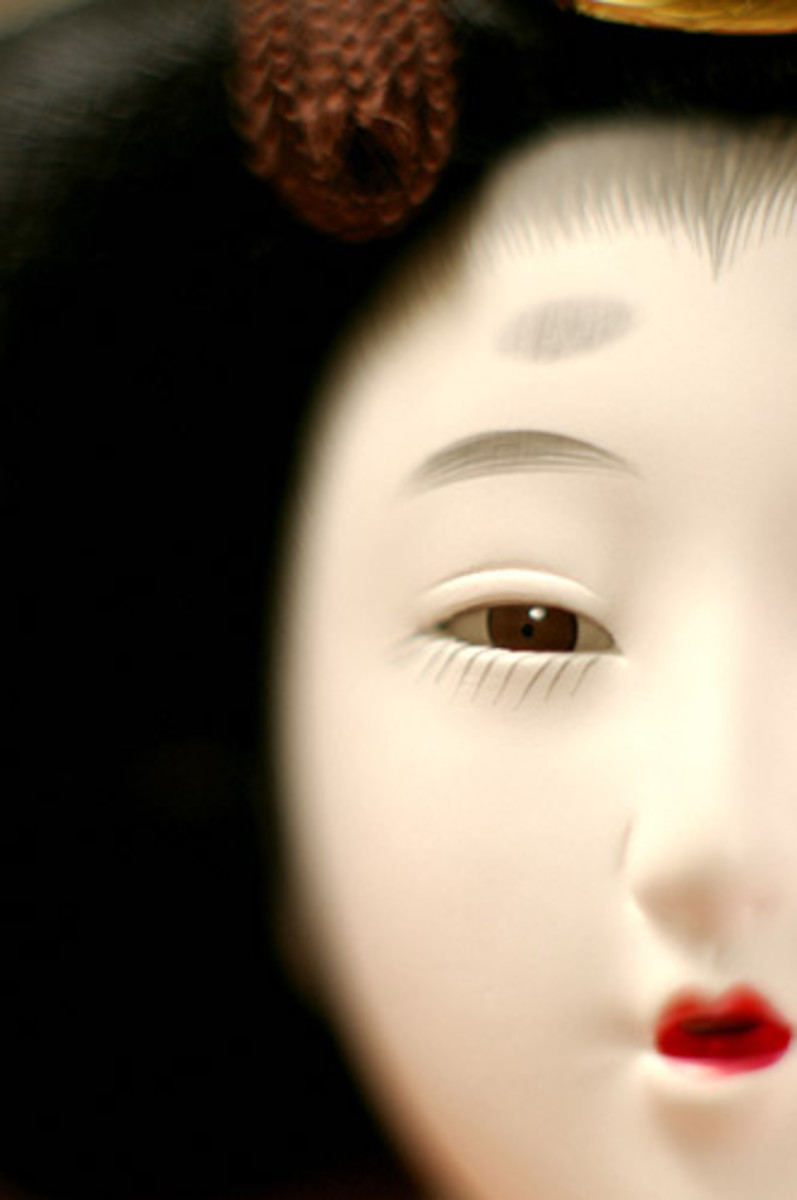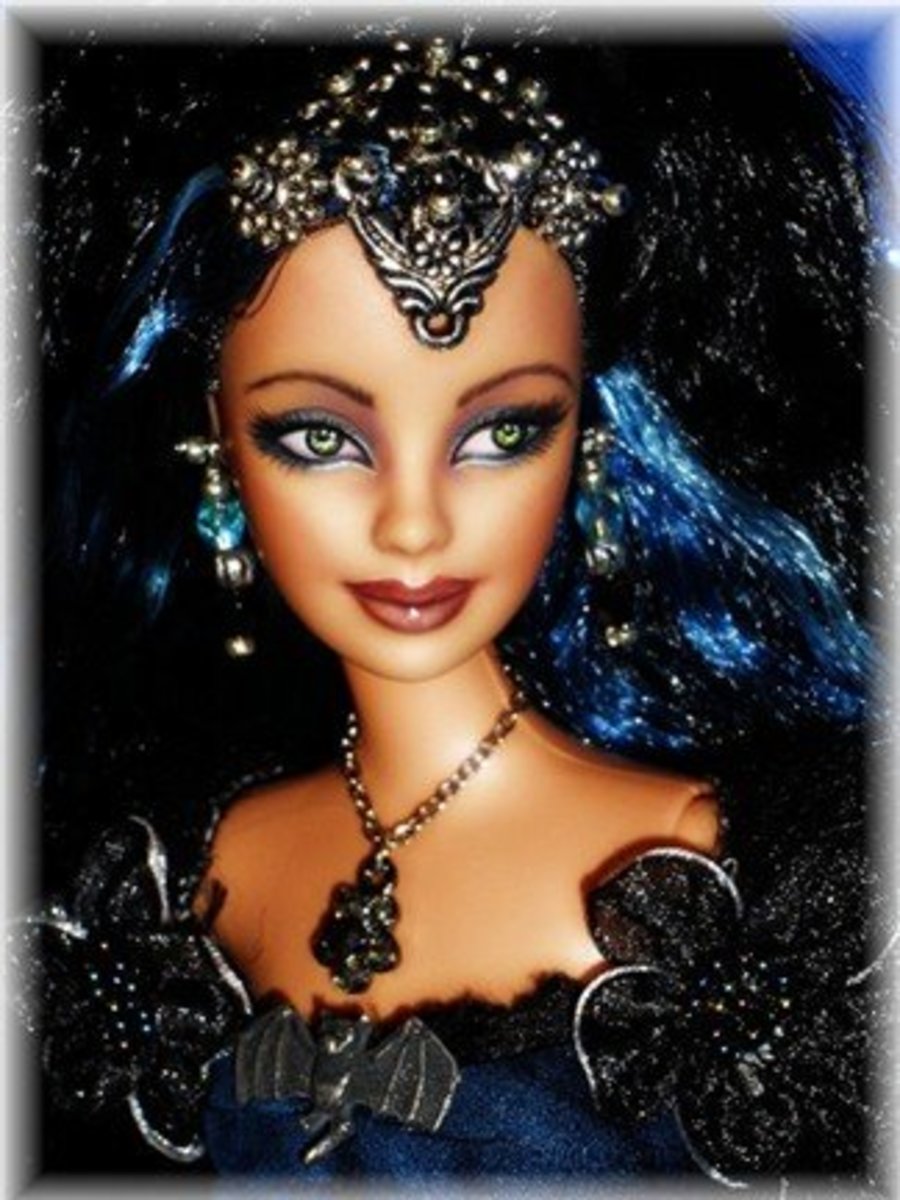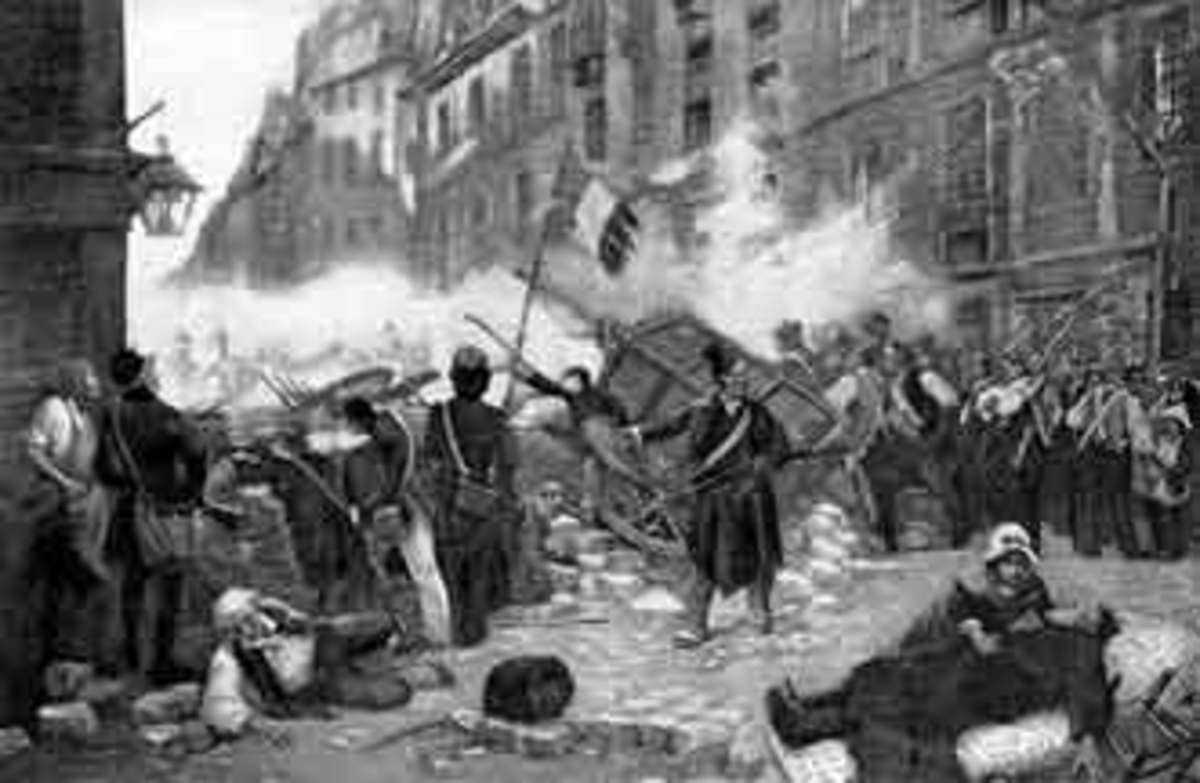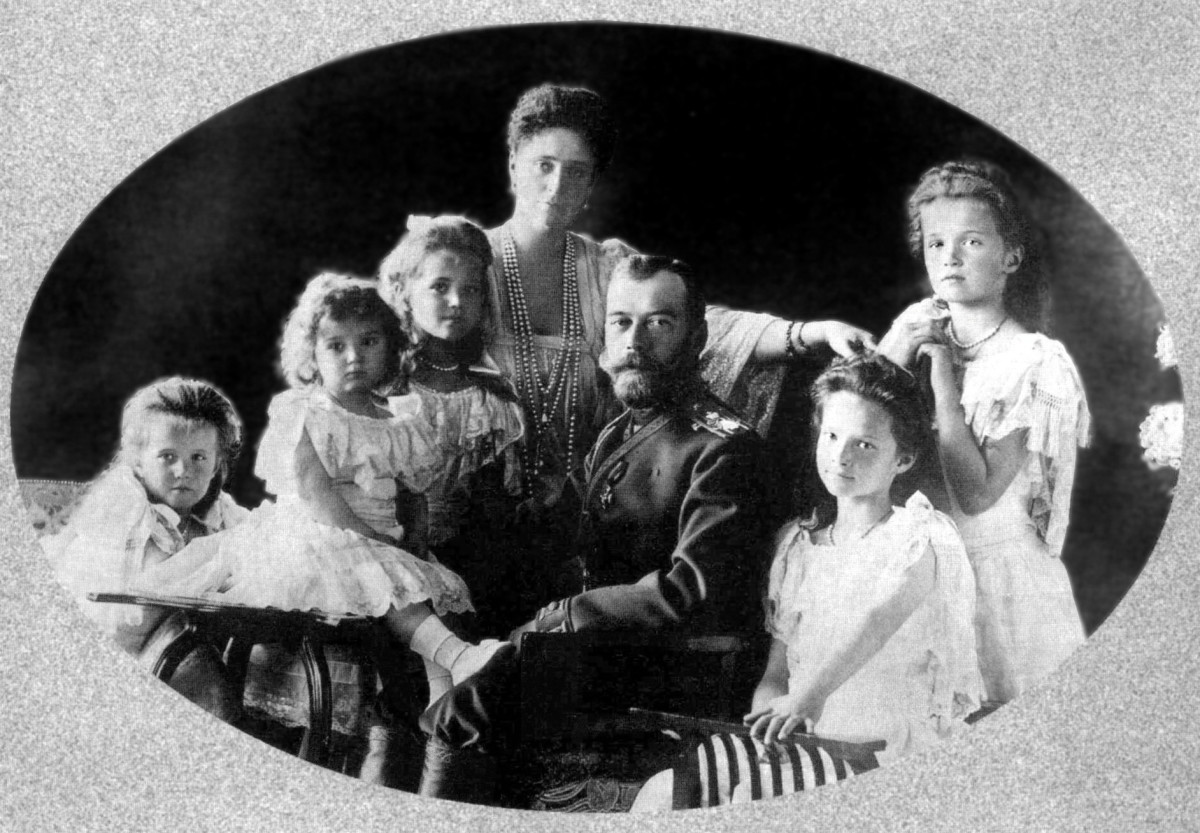10 Types of Dolls
Dolls play many different roles. Some are children's toys, some are used for religious purposes like the voodoo doll, and others are just decorative. Some are creepy and some are cute. Most cultures of the world make dolls, resulting in many unique types of dolls.
1. Voodoo Doll
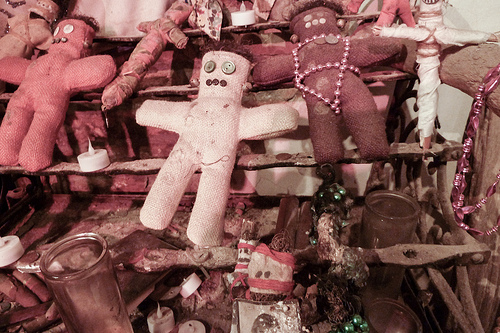
A voodoo doll is a type of doll used to curse or bless the person it represents. It is most associated with New Orleans Voodoo or Louisiana Voodoo. This denomination of voodoo has more emphasis on folk magic than others. Instead of a children's plaything, the voodoo doll is a tool used by voodoo queens. In European traditions, witches used a doll called a poppet in a similar way to invoke witchcraft. However now it is more common to see voodoo dolls as commercial collectibles like the meticulously designed Voodoo Babies from Japan.
2. Poppet
Witches used poppets for both helpful and malevolent spells. Like the voodoo doll, they are created in the likeness of the person they are supposed to represent. To cure illnesses, witches stuffed poppets with rosemary. Ironically, rosemary was also planted outside people's homes to keep witches away. Many other herbs are used as poppet stuffing depending on what effect the witch wants to bring about. What the witch does with the doll also effects the spell. To get rid of somebody, witches would make a poppet of the person and then throw it in the river.
3. Russian Nesting Dolls
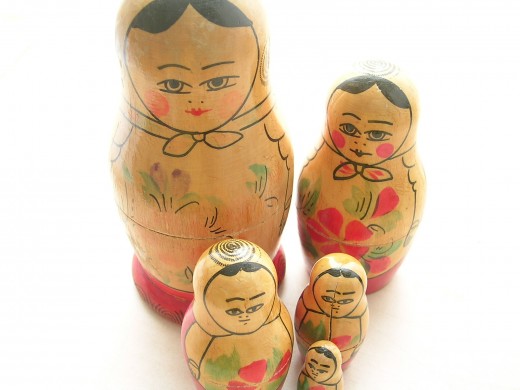
Most people are familiar with Russian nesting dolls which are also known as matryoshka dolls or babushka dolls. Unlike most dolls, they are made out of wood which is painted to resemble a female Russian peasant. Each doll is actually a set of dolls in diminishing size that are stored inside each other. They were invented by the craftsman Vasily Zvyozdochkin in 1890. Vasily probably based his set on similar dolls from Japan, but they have since become associated with Russia. Now sets of Russian dolls are made based on all kinds of themes, even Star Wars.
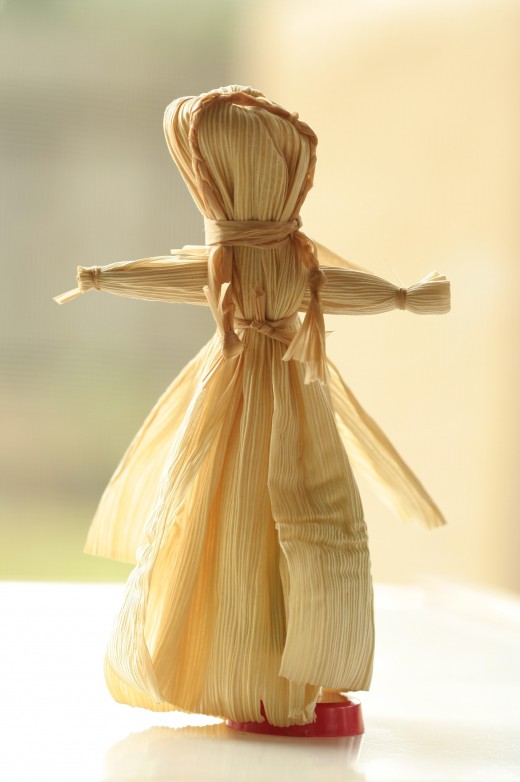
4. Corn Husk Doll
A corn husk doll is a Native American doll made out of dried corn husks. The Penobscot tribe who inhabits the woodlands of Maine began making them around the same time that they started growing corn. When Europeans settled in America and built colonies they started making the doll themselves. (The Native Americans also taught the European settlers how to grow corn.) The dolls can be of either gender and were utilized to teach children life skills like sewing and hunting. Like Amish dolls, the face is usually left blank.
Other Native American tribes made dolls out of the materials that were available to them. The Seminole who lived in a swampy area of Florida used palmetto leaves, while the Inuit who didn't have much plant material available to them because they inhabited a cold climate used soapstone and bone and made the clothing out of fur.
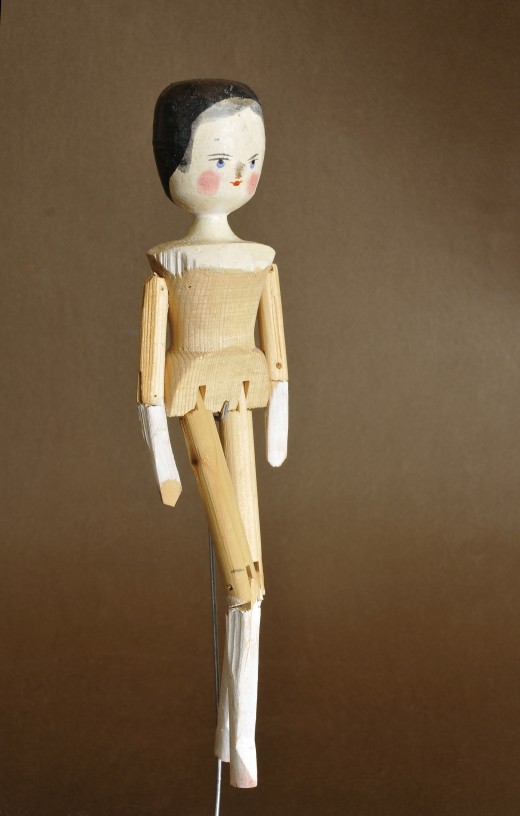
5. Dutch Doll
The Dutch doll actually originated in northern Italy in a region famous for woodcarving, Val Gardena. Val Gardena became famous in Europe for its carved wooden toys. Farmers who used to make dolls as a hobby became professional toymakers in the 19th century, the same century that children's books became popular. Dutch dolls have an elongated shape and utilize pegs to allow movable joints. Other distinctive wooden toys from Val Gardena include wheeled ducks, rocking horses, and rabbits that clap symbols together
6. Kitchen Witch
The kitchen witch is a Scandinavian doll that is kept in kitchens to ward off bad spirits and prevent minor cooking disasters like burning something. The dolls usually wear an apron and ride a broomstick. It's also common for them to have huge distinctive noses. It's seems odd at first that these dolls are kept around for good luck since Scandinavian countries like Sweden and the Netherlands participated in the witch trials, but so did the United States and now dressing up like a witch on Halloween is quite common.
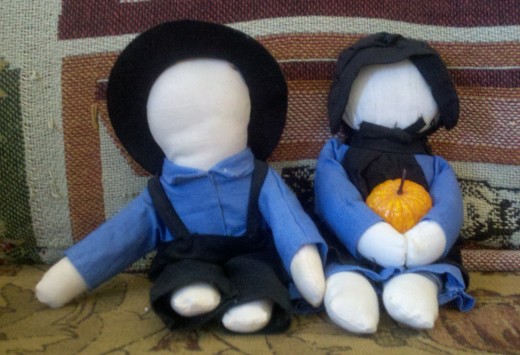
7. Amish Doll
An Amish doll is a rag doll with a blank face that wears traditional Amish clothing, usually either a dress or overalls and a bonnet or hat. The face is left blank because the Amish don't believe in making graven images. The fabric used is from old family clothing and the body of the doll is usually white while the clothing is commonly blue and black. This doll can be of either gender and is played with by both genders.
8. Kachina Dolls
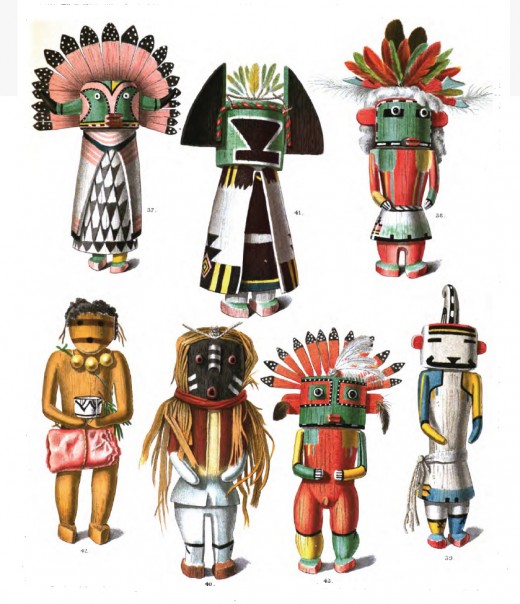
Kachina dolls are made by the Hopi peoples of the southwestern United States. These colorful wooden dolls come in many shapes and sizes and are supposed to represent a spirit being. Unlike voodoo dolls, kachina dolls can represent more than just people. They can also represent locations, qualities, and concepts, however they usually always have a humanoid shape. For example the Eagle Dancer represents strength and power.
European anthropologists, artists, and others took an interest in the dolls as they were discovered. The surrealist painter Max Ernst collected the dolls when he moved to America, and since then they have become popular at roadside souvenir shops.
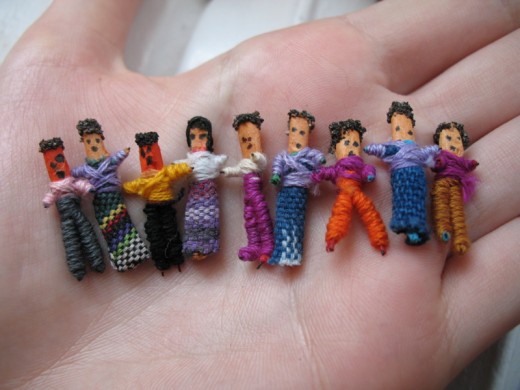
9. Worry Dolls
Worry dolls originate in Guatemala, where they are made to help children sleep at night. When a child is unable to sleep because they are worried, perhaps because they are afraid of the dark or nightmares, the doll is placed under their pillow to worry in their place. These dolls are simple, tiny and colorful.
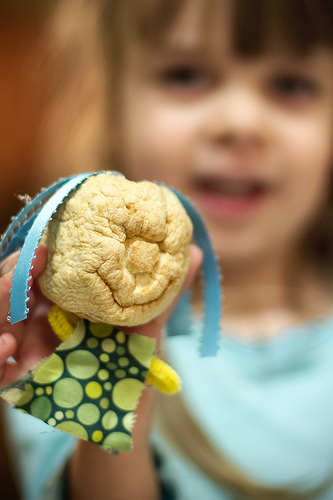
10. Apple Doll
Apple dolls are traditional American dolls and may be the creepiest type of doll on the list. Their heads are carved from peeled apples which are then left to dry out which results in grotesque, lumpy features. The head is then added to a wire frame and clothes are added. Luckily for children, these dolls aren't usually meant to be toys. Instead they serve decorative purposes, but I can't imagine who would want to look at them.


